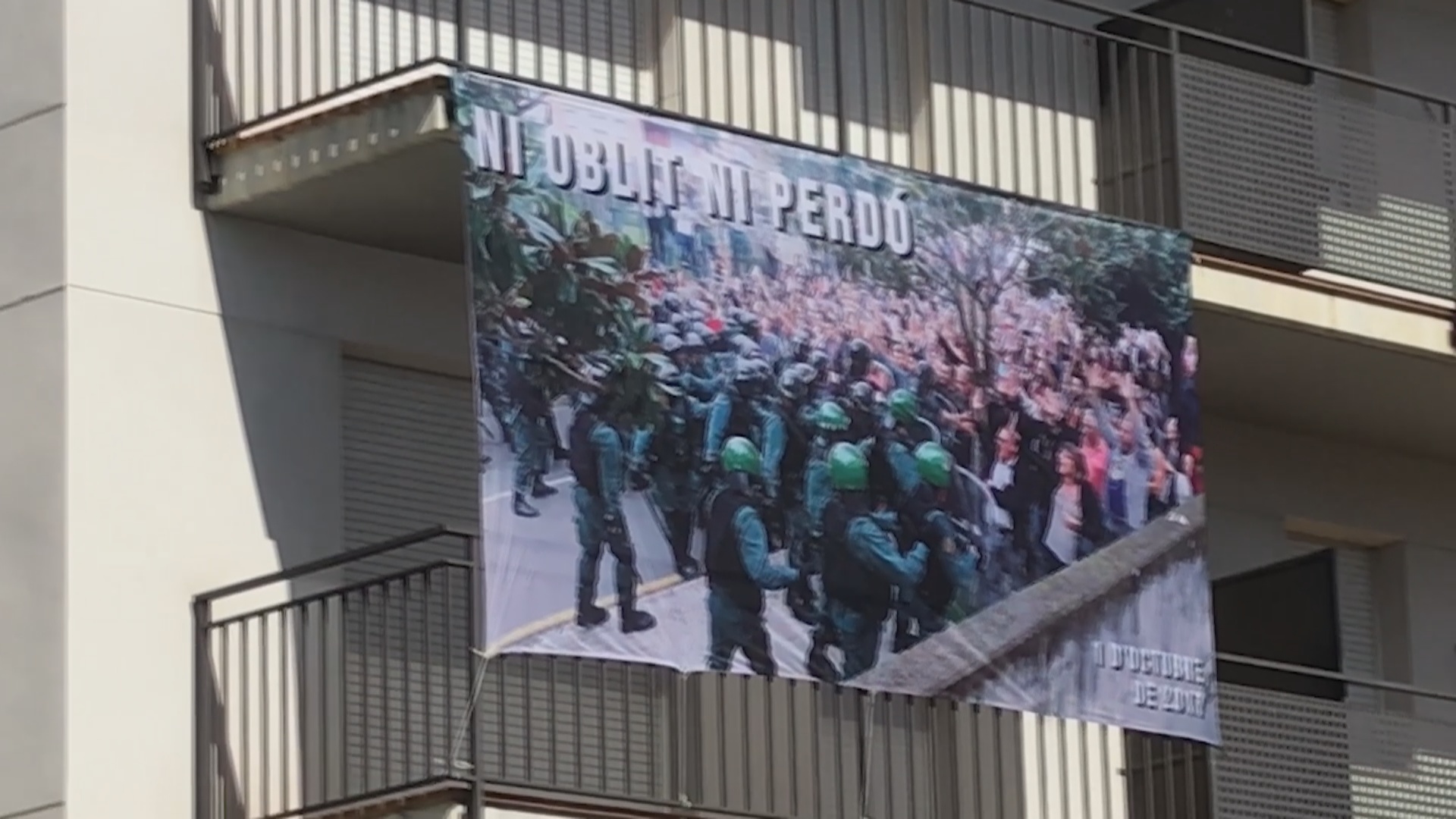The tale of one small town on referendum day
A year after the independence vote on October 1, locals in Sant Cebrià de Vallalta recall the violent attempts by Spanish police to stop the voting

Sant Cebrià de Vallalta is a small town in the Maresme area, just up the coast from Barcelona. With a population of only 3,300, just about everyone knows each other there. And, as with all small towns, the school is at the heart of the local community.
Yet, on October 1, 2017, exactly one year ago, the school in Sant Cebrià was where the locals went to vote in the independence referendum that had been declared illegal by the Spanish authorities. However, the Guardia Civil police had every intention of preventing that from happening.
Despite the town's small size, some 200 riot officers arrived, equipped with helmets, ballistic shields and truncheons, and tried to force their way into the school and confront the voters. "It surprised me how many officers there were, perhaps the police imagined there would be less resistance in a small town," says Jordi Pujolar, the ACN reporter that was there that day filming the clashes.
Large local turnout
Local people of all ages had turned out to vote, even though it was still not clear when, or if, the ballot boxes would arrive. Yet, people also risked bodily harm to come to the school in order to protest the presence of the riot police and their hardline tactics.
"The police really wanted to break through. They wouldn't stop, so they did it in such a way that all the man were thrown into the street; they were beaten, they were crushed," says Conxita, who witnessed the police violence that day.
In the end, the people of Sant Cebrià never got to cast their ballots, but they were able to keep the police from seizing the ballot boxes by hiding them. It was a different story in other places all over Catalonia, where the thousands of Spanish riot police deployed were unable to stop the vote from going ahead, even in small towns, such as Sant Cebrià.
Damage of 3,000 euros
During the referendum, local schools were generally used as polling places, and became the targets of the Spanish police's ruthless tactics against both voters and property. In Sant Cebrià de Vallalta, for example, the police caused damage to the school totalling some 3,000 euros.
Yet, the next day the local children had to go back to the school that had been the site of such ugly scenes, and so the teachers made sure they had space to talk about what had happened, while attempting to shield them from the full extent of the damage caused.
"Our objective was for the school, the next day, to be a safe space for the kids, for them to understand everything was okay, that they could be there," says the head of the Pi Gros school, Neus Marqués.
A year on from the referendum, the people of Sant Cebrià de Vallalta still clearly remember the dramatic events that took place in their normally quiet town that day, in fact they are unlikely to forget them for a long time to come.